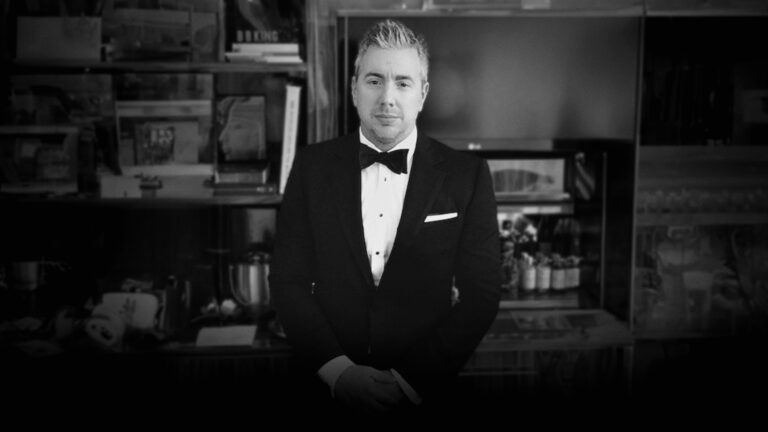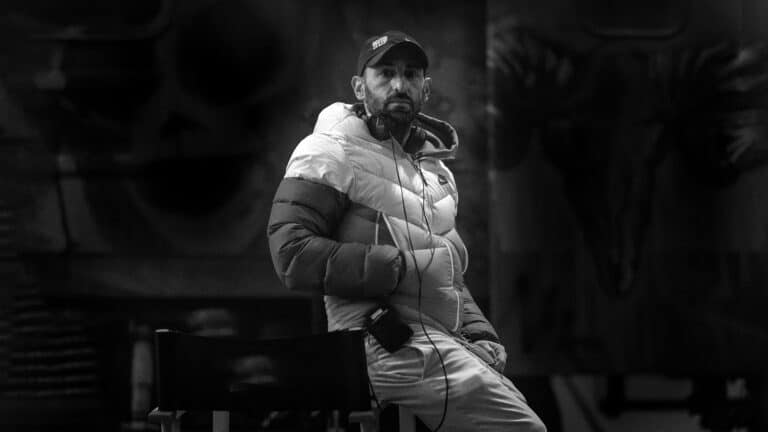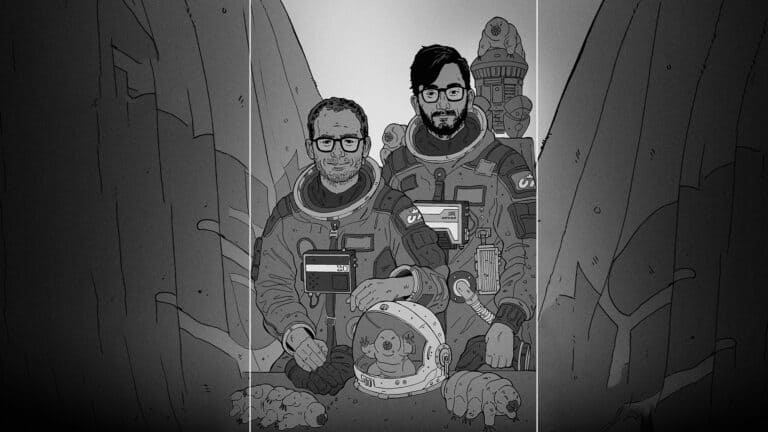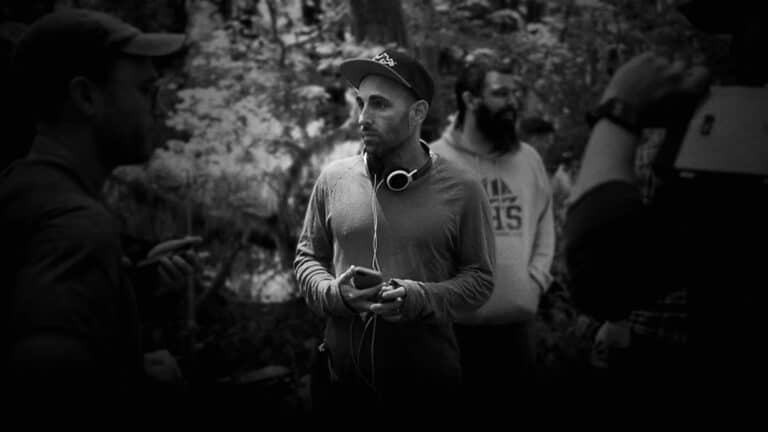There are many schools of thought about creating spec work in the creative world as a strategy for landing that cool post-production gig. I’d like to address one way of looking at it that will be a unique perspective.
Spec work is like “dressing” for the job you want
In my early years, I remembered hearing, “Dress for the job you want.” It was funny to me because some of those early jobs were before I started college and found my love of art and animation. I was mostly in data management jobs to replace broken drumsticks and buy electronics—meaning that the thought of putting on a tie and getting a taupe-colored office with “hang in there” kitten posters was laughable.
It wasn’t until I was out in the world trying to land a spot at a high-end agency that the phrase started to make sense. Not in the area of fashion, but in the root of what the idea was expressing. There aren’t a lot (if any) agencies that will hire someone right out of college without proof of skill in their given field. At that time, I was finding it hard to land freelance and contract work at the beginning to get the career started. It’s that weird circle where you need work to get work, but you can’t get work until you have work to show. It was really hard to figure out.
Around this time is when Royale (the agency of my dreams at the time) created the iconic iPod Nano commercial with the multi-colored 3D streaks that followed along with the performance of the dancers. I remember seeing it on every art, film, design, animation, VFX publication, and website on the planet. It became the thing all agencies wanted in their toolbox.
I feel like I caught onto that pretty quick and began to research and teach myself how to accomplish that look. I knew it was a trend and wouldn’t last long. But I felt like if I could accomplish that look on my own while it was still hot, then show it to agencies, I could possibly land a job, or at least something contract or part-time. If I could teach myself this skill and “dress” for the job I wanted, I had a good chance of getting it.
Dressing for the job I wanted ended up shaping a lot of my career from that point to where I’m at now. At some point, the goal became to dive more into animated show assets as I started seeing more YouTube shows and podcasts take off. The dream became, “I have to build opening bumpers that resembled all I was seeing on Revision3’s lineup.”
So, I reached out to Eden Soto who was the creative behind a lot of Revision3’s show assets at the time. I asked him a ton of questions and the majority of his responses all pointed to the same idea. “If you want to make show assets, make show assets. Fake a show and do the work. Prove to yourself and potential clients that you can do it by doing it.” Again, dress for the job you want. Put the work in unasked and build that portfolio, then pitch yourself and your skill to land the work.
So, I took Eden’s advice and started to create fake show opens and show assets like lower thirds and full-screen transitions. Around that time, Ryan was already dreaming up and planning what would now be Film Riot. He had suggested I spend some time and build out the show’s animation package. I took the opportunity and knocked it out as best I could with where I was skills-wise.
Taking that opportunity to work for free on something I wanted to someday make a career opened doors I didn’t expect. The show came out and I almost immediately started getting requests to build assets for other shows. It was wild. I couldn’t believe the connections that opportunity afforded me, and how much of my career would be built on the back of the work we did over 10 years ago.
But I “dressed” for the job I wanted. I got to create in front of what ended up being a lot of people with the same types of needs for their shows and podcasts.
As time went on, trends and ads would catch my eye that would inspire me to adopt those ideas and techniques and parlay into paid work. However, before I could jump onto a team and create, I needed to cut my teeth in my free time on whatever the look was. There was a time it would be by building mock shoe ads and animations. Fake full-page cellphone magazine spots. UI/UX (user interaction and user experience) animations and interactions for mobile apps and video games.
Before I could get jobs doing any of these things, I’d first have to dress for the job I wanted. That meant learning how to do these things and build real-world examples of how I could solve potential problems agencies and clients had.
To this day I continue to learn and adapt. Trying to constantly grow and pivot to the needs of the market, while trying to fit positions and roles clients and agencies would need. But it doesn’t come simply because I want it. Like I heard all those years ago, if there’s a job I want, I had better put in the work and dress for that job. If there’s a career or skill you want to have, I’d encourage you to do the same. Identify where you want to be and “dress” for it. Prepare yourself and put the work in.










